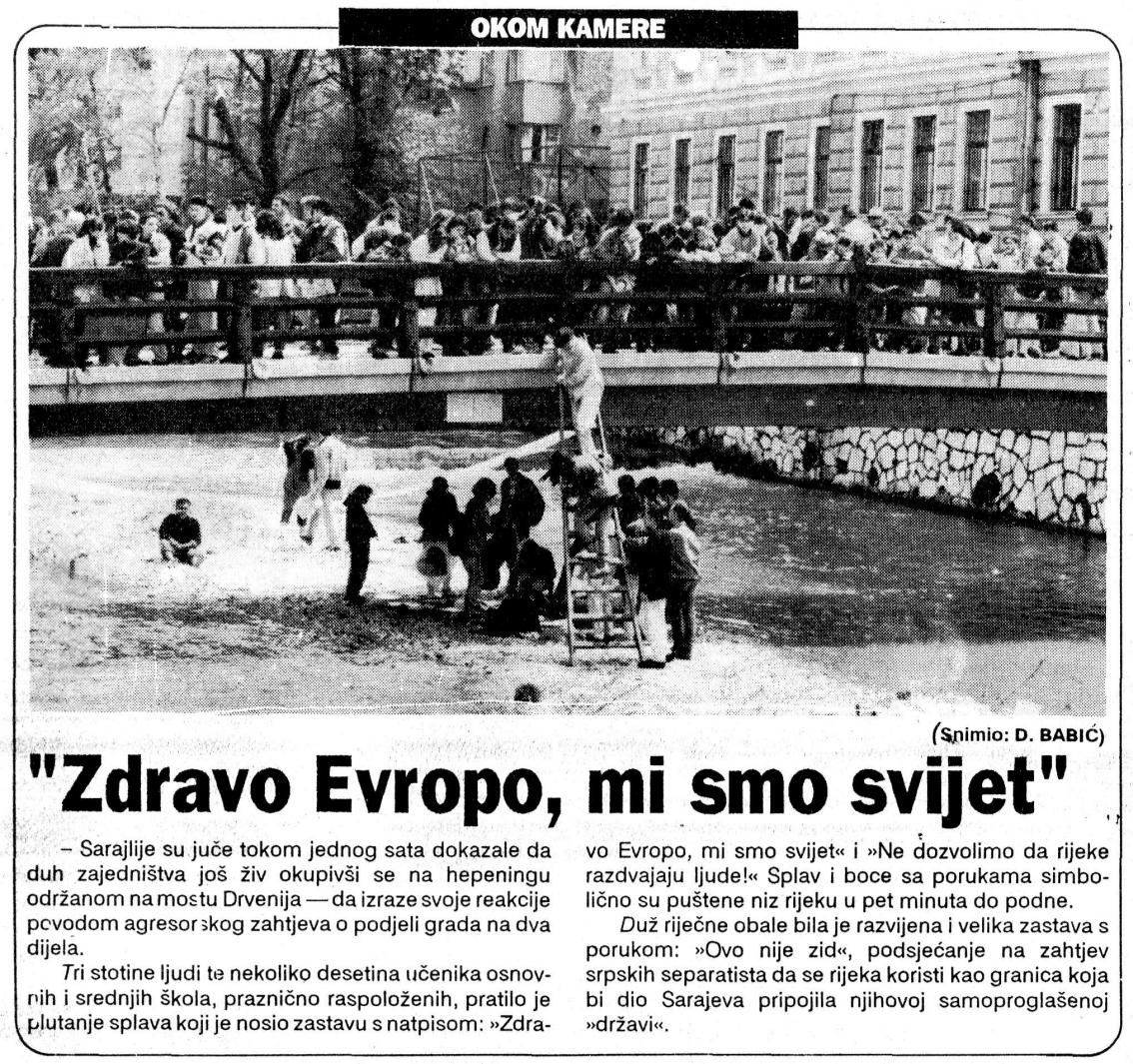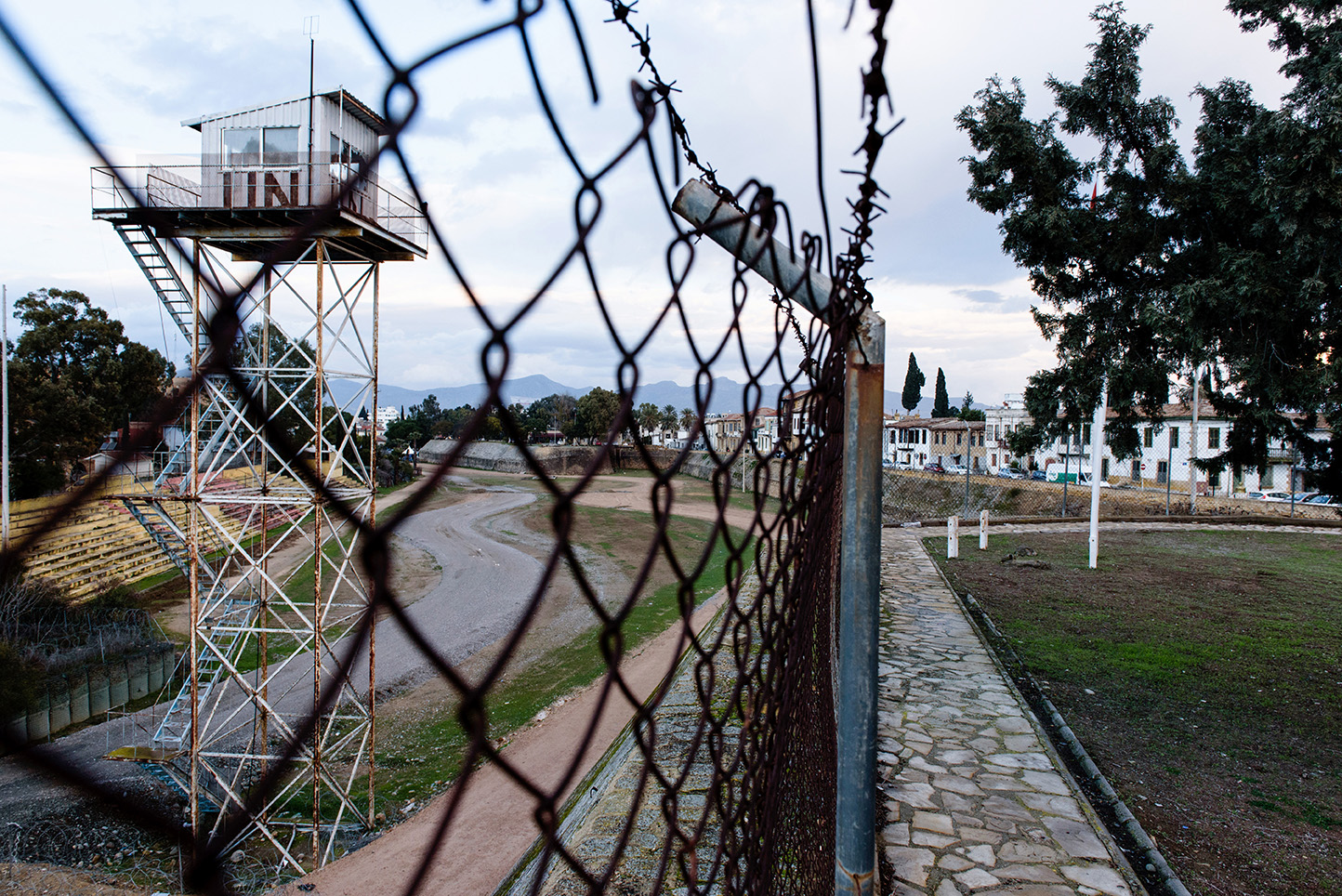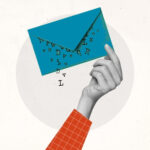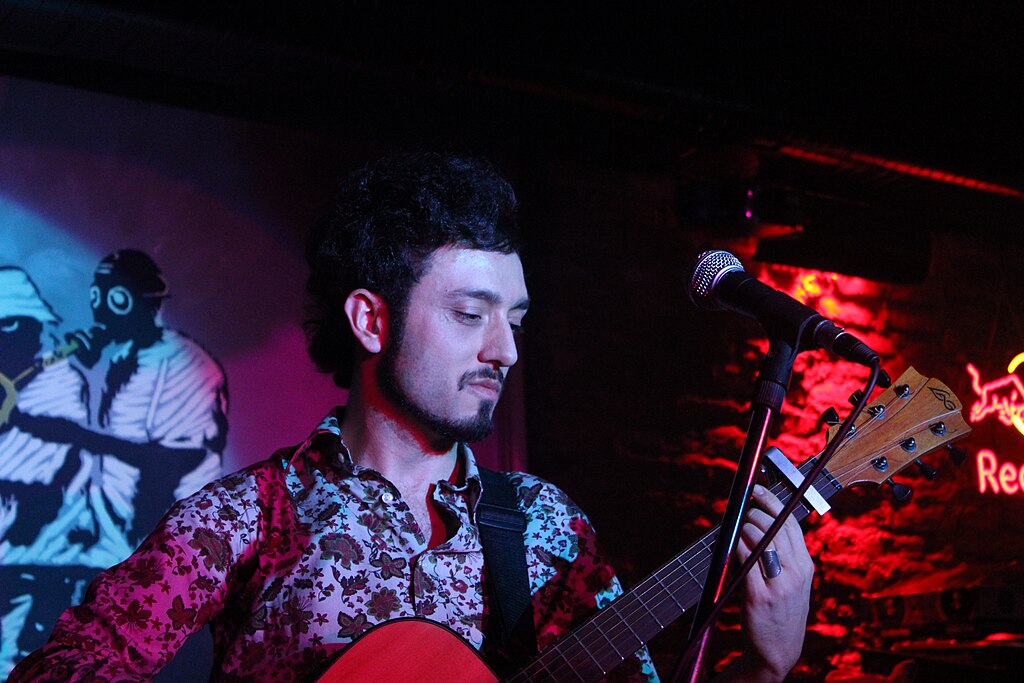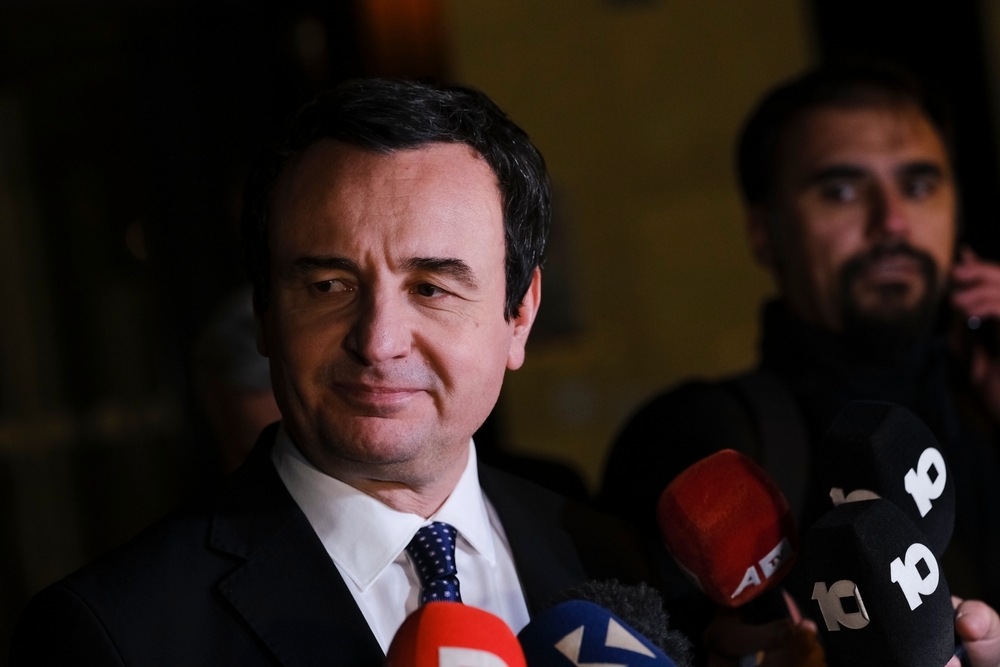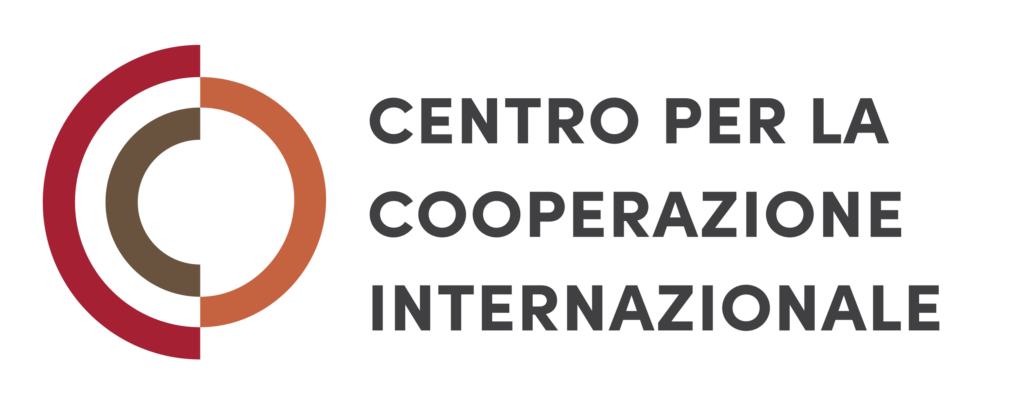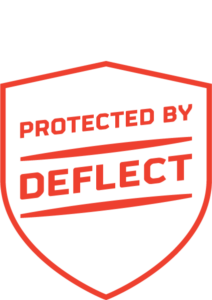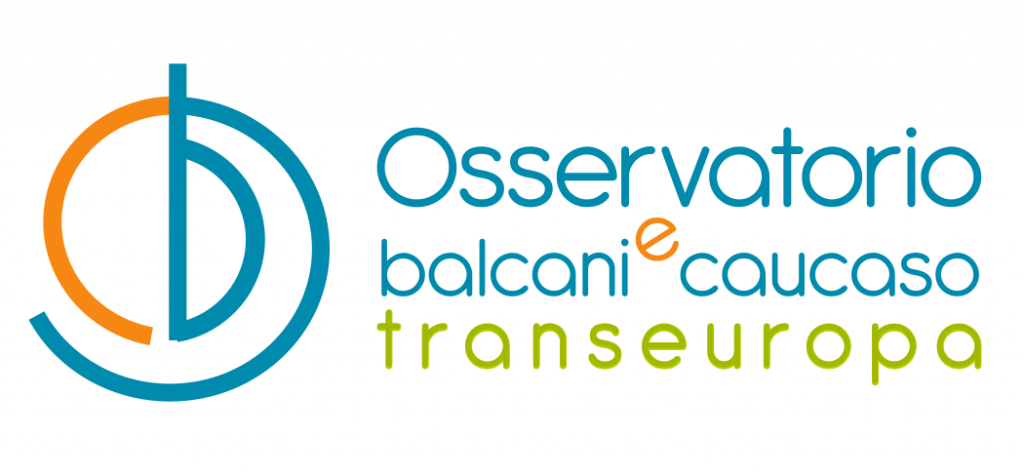Thirty years after: “Hello Europe” & “WARum?”
Thirty years ago, paper boats on the Miljacka carried messages from Sarajevo: "Hello Europe" and "WARum?"— questions that still echo through the world today. As Sarajevo extends its hand through symbolic gestures to Gaza and the Global Sumud Flotilla, past and present merge into the same river of resistance and hope
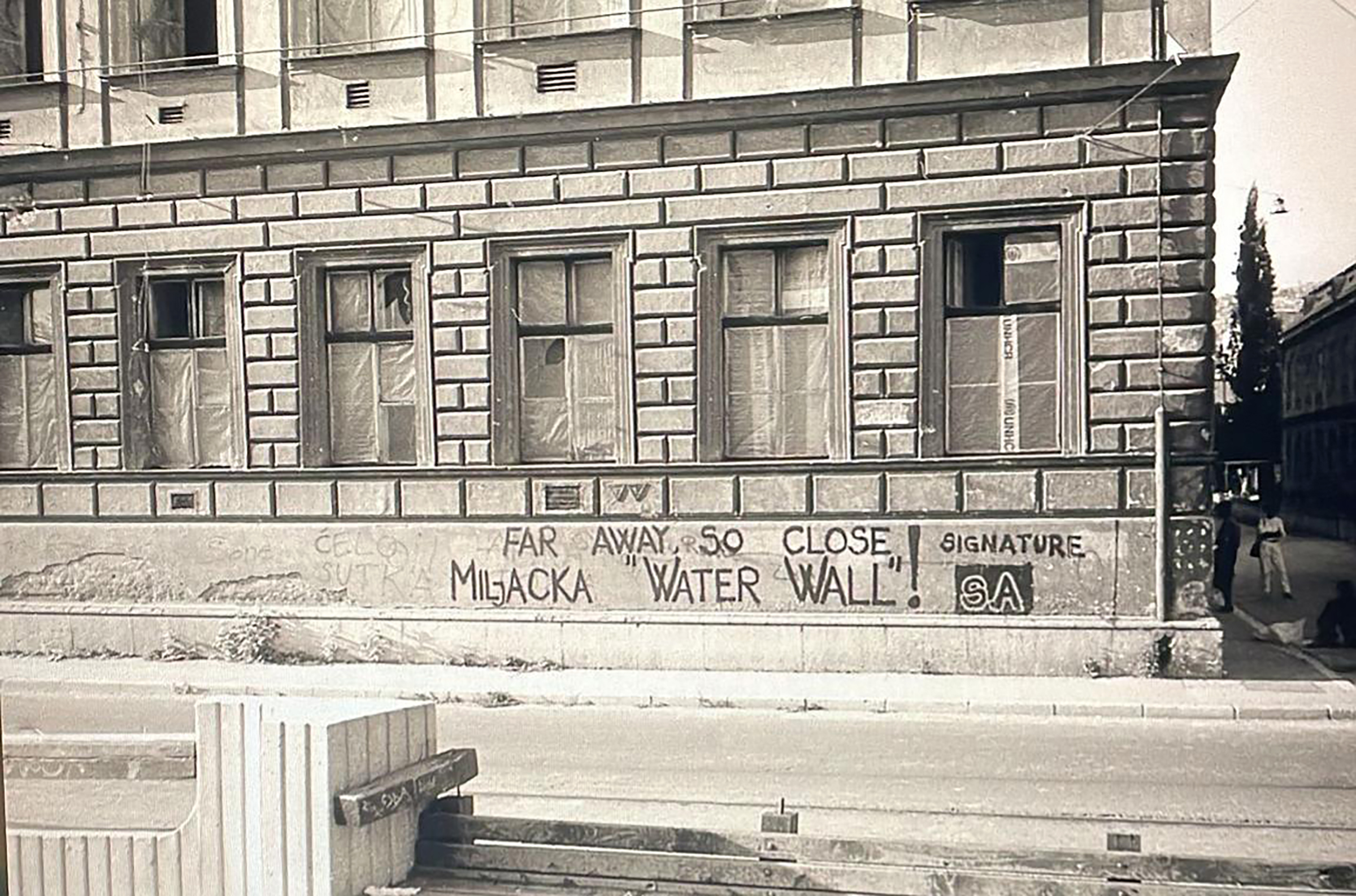
Trent-anni-dopo-Ciao-Europa-e-Guerra-1
Far Away, So Close, August 1994 Sarajevo © Patrick McCarthy
An art exhibition titled “WARum?” in Sarajevo under siege was accompanied by an action on the Miljacka river stating “This is not a wall. ” The words echoed René Magritte’s pipe that was not a pipe, here a peace pipe that bore no peace, only the weight of its absence.
This was not an exhibition but an invitation – a breathing, living process calling others to participate. The artists spoke of breaking walls, those ancient barriers of stone and suspicion, but also the liquid walls that water builds between us, the invisible boundaries that flow through a city’s heart like veins through an aging body.
Tvrtko Kulenović opened the exhibition stating it was his “most favourite ever” while recalling a so-called “paradox of a sphere” by which a solid sphere can be sliced and then reassembled to become tiny as a dot or as large as cosmos itself, contradicting geometric intuition suggesting that the volume of a sphere should be conserved. He argued that this is what art was trying to do: unfold the cosmos to reassemble it again as it should be.
In that process of unfolding, the process was directed to break the walls imposed by the longest siege of a city in modern history (5 April 1992 – 29 February 1996), in the heart of Europe. From Drvenija bridge – its name originating from the Ottoman empire but forged in 19th century Austro-Hungarian rule – a makeshift vessel made by the participants was launched into the current.
Cobbled from water canisters and the debris of survival, this small ark bore upon its improvised sails two messages: "Hello Europe! We are the world!" and "WARum?". The first, a sarcastic greeting to the passively observing international community; the second, a German word split between war and why – the eternal question that haunts every place violated by aggression and injustice.
Those who joined the action made paper boats with messages, letting them flow with the stream. The simple act of sailing became an act of both protest and faith – protest against a plan to allow Serb occupation to divide the city and faith that walls can fall, that waters can heal, that the world might indeed answer when called by name across the flowing dark.
Philosopher Zdravko Grebo who was there too, remarked that at the end of twentieth century dividing walls still exist and they must be destroyed, even if that requires crushing our heads into them to change the world.
The symbolism of such transformation is poignantly present in the Drvenija bridge itself – named for wood (drvo) in a time of one empire, but a child of the nineteenth century’s imperial ambitions – suffered with Miljacka’s moods: swept away when Miljacka swelled with spring’s fury or autumn’s grief. Only in the late 1980s – in that charged moment before the long-planned aggression would materialize to destroy Bosnia and Herzegovina – was it built as a permanent concrete bridge, adorned with wooden railings in memory of what it once was.
Through the siege years, as Sarajevo was terrorized with the highest recorded intensity exceeding 3500 shells in one day, Drvenija stood sentinel. Scarred and stubborn, it joined the fellowship of wounded bridges on the Miljacka river – each span a testament to connection persisting through destruction.
Today, a number of Sarajevo’s citizens are doing the same in an act of solidarity with the Global Sumud Flotilla , “a coalition of everyday people—organizers, humanitarians, doctors, artists, clergy, lawyers, and seafarers—who believe in human dignity and the power of nonviolent action.”
Paper boats with messages of support are sailing down the Miljacka – a symbolic act echoing the weekly readings of the names of children murdered in Gaza since October 2023, spontaneously organized by citizens either in front of the Memorial to the Murdered Children of Sarajevo or the “Eternal Fire” commemorating the heroic antifascist struggle against the Nazi regime. Greta Thunberg, a member of Flotilla’s steering committee, joined the reading just a month before the Flotilla was set to sail towards Gaza’s shore.
Even though, undeniably, it was the heroic armed resistance that enabled the survival of Bosnia and Herzegovina against the forces of terror, all forms of resistance mattered. Whether it was our pretend school plays performed in the staircases and corridors of our building blocks, or more structured cultural events including institutional resistance of shielding collective heritage such as the National Museum of Bosnia and Herzegovina’s protection of the Jewish medieval manuscript Haggadah, each one of these was a small rebellion against the darkness that sought to steal the joy of life.
They contributed to the spirit of defiance in the face of evil so profound it could not bear the sight of happiness. A darkness that would train crosshairs on a nine-year-old girl not for any crime but for the unbearable offense of her smile – because she dared to be joyful, because she moved through madness as if light still existed in the world. One sniper, before he committed suicide , confessed this truth: that her happiness was her condemnation, the girl was happy and smiling as if the madness around her had not been taking place.
This truth, and even more, flows through the Global Sumud Flotilla today, moving towards Gaza with defiance as we desperately hold to our humanity, set to reassemble the cosmos so it becomes more just and compassionate. Thirty years later, the same questions ripple across different waters, the same hope sails toward different shores, yet the current that carries both remains constant – that stubborn river of resistance that refuses to let darkness have the final word.

